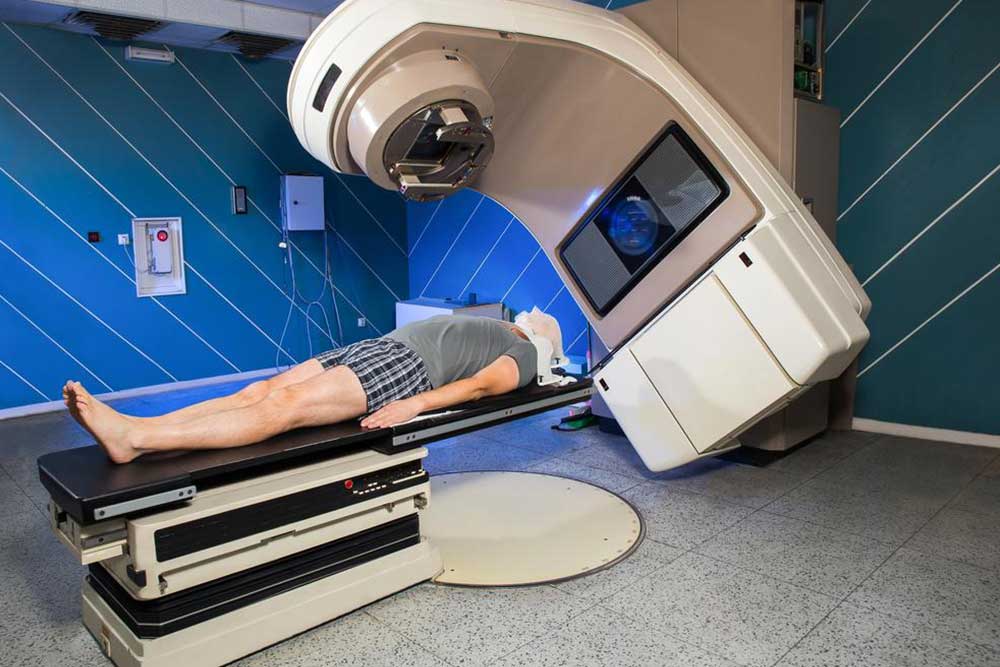Comprehensive Guide to Various Radiation Therapy Techniques and Their Clinical Applications
Radiation therapy is a fundamental component of cancer treatment with versatile applications ranging from external beam techniques like IMRT and SBRT to internal brachytherapy. This detailed guide explores how these methods work, their indications, and factors influencing treatment choices, emphasizing personalized care for improved outcomes.

Understanding the Different Forms of Radiation Therapy and Their Clinical Significance
Radiation therapy, also known as radiotherapy, is a cornerstone in modern cancer management, playing a pivotal role in both curative and palliative treatments. It involves the use of high-energy radiation to target malignant cells, either destroying them or inhibiting their growth, while aiming to minimize damage to surrounding healthy tissues. Beyond oncology, radiation therapy has diverse applications including treatment for bone fractures, dental issues, certain blood disorders, benign tumors, and thyroid ailments. This comprehensive review delves into the main types of radiation therapy, their mechanisms, indications, and the factors influencing treatment choices.
Varieties of Radiation Therapy and Their Mechanisms
External Beam Radiation Therapy (EBRT)
External beam radiation therapy remains the most prevalent form of radiation treatment utilized across various cancer types. This technique delivers high-energy radiation beams from machines located outside the patient's body, precisely targeting tumor sites to maximize tumor cell kill while sparing normal tissues. By tailoring the radiation dose and direction, physicians can conform the treatment to the tumor's shape, a process facilitated by advanced imaging and computer-assisted planning. Common modalities within EBRT include 3-D conformal radiation therapy, which shapes radiation beams to match tumor geometry; intensity-modulated radiation therapy (IMRT), allowing for fine-tuned dose distribution; image-guided radiation therapy (IGRT), which uses imaging during treatment to improve accuracy; stereotactic radiosurgery (SRS), known for delivering high-dose radiation in a single or few sessions often for brain tumors; stereotactic body radiation therapy (SBRT), suitable for tumors in the lung, liver, and spine; and tomotherapy, combining computed tomography imaging with IMRT for ongoing precision. These varied approaches enable personalized treatment protocols, improving efficacy and reducing side effects.
Internal Radiation Therapy (Brachytherapy)
Brachytherapy involves the placement of radioactive sources directly inside or adjacent to the tumor, enabling a high localized radiation dose with minimal impact on neighboring tissues. There are two main types: liquid sources and solid sources. Liquid sources, such as radioactive iodine or radioactive colloids, are administered systemically or directly into the body’s fluid compartments, often used in treating thyroid cancers or disseminated prostate cancer. Solid sources, or brachytherapy implants, are permanently or temporarily positioned within the tumor or its vicinity; they are frequently used for prostate, cervical, breast, and eye cancers, providing the advantage of delivering concentrated radiation over a limited area. The placement can be achieved through minimally invasive procedures guided by imaging, with treatment duration varying depending on the case.
criterion for Selecting the Appropriate Radiation Therapy
The decision to choose a specific radiation therapy modality hinges upon multiple factors, including the tumor’s size, stage, and anatomical location, as well as the histological type. The surrounding healthy tissue's sensitivity, the patient’s overall health, age, prior treatments, and compatibility with other therapies also influence the choice. For instance, patients with less robust health or those who have had prior radiation exposure may require tailored approaches to reduce the risk of adverse effects. Moreover, recent advances in imaging, computer planning, and radiation delivery techniques have enhanced the precision and safety of radiation therapy, enabling more aggressive treatments with fewer complications.
It's crucial for patients to undergo thorough consultation and multidisciplinary evaluation to determine the most effective, personalized treatment plan. Due to potential side effects such as fatigue, skin reactions, and organ-specific toxicity, radiation therapy should always be administered under strict medical oversight to optimize outcomes and ensure patient safety.





